
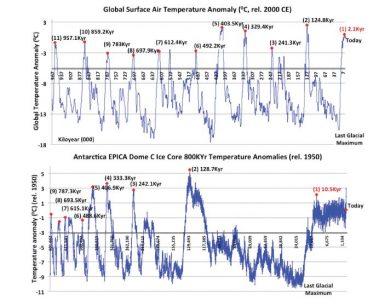
Earth entered a new ice age after the Holocene Climate Optimum
Nine of Antarctica EPICA Dome C’s glacial cycle temperature peaks (climate optima) were compared with their corresponding global climate optima
Read more.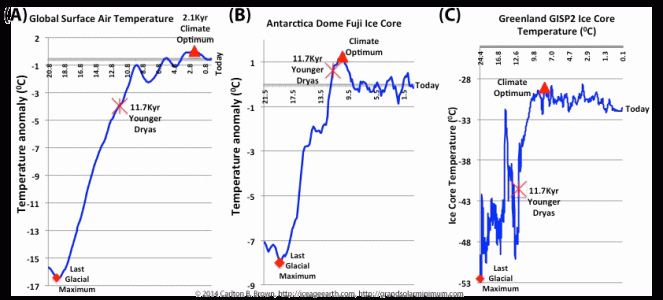
The Last Ice Age Ended 20,000–24,000 Years Ago, Not 11,700 Years Ago
Reconstructed global, Antarctic, and Arctic glacial cycle temperatures from the last glacial maximum or end of the last ice age
Read more.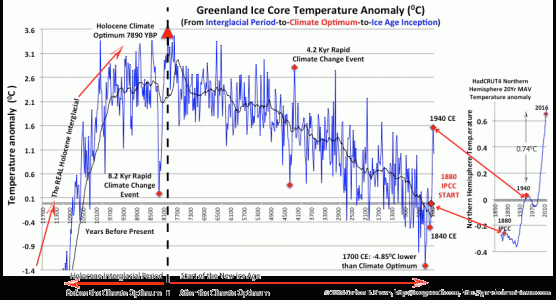
A new ice age was entered after the Arctic Holocene Climate Optimum
The Arctic entered the new ice age after the Holocene Climate Optimum 8,000 years ago. Between 6000 BCE and 1700
Read more.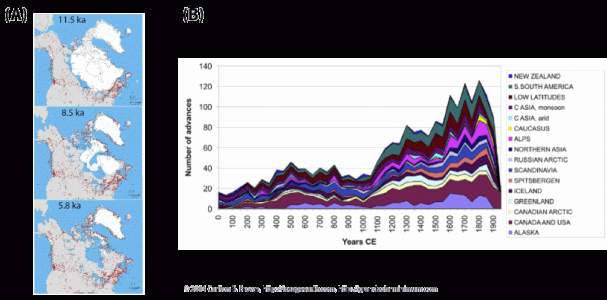
Glacier ice build up peaked during the Little Ice Age
Arctic and Antarctic glacier ice build up began about 5,000 years ago after the Holocene Climate Optimum. Significant glacier advances
Read more.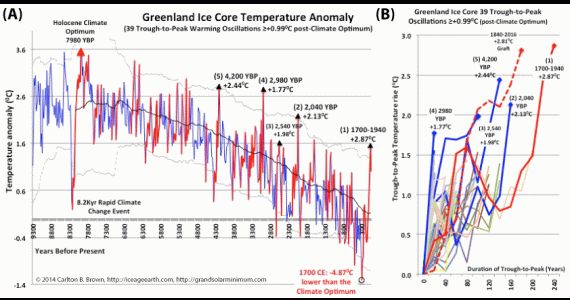
Abrupt global cooling happens after extreme global warming phases
The conclusion I drew from this analysis was two-fold. Firstly, there is a greater probability the climate will switch back
Read more.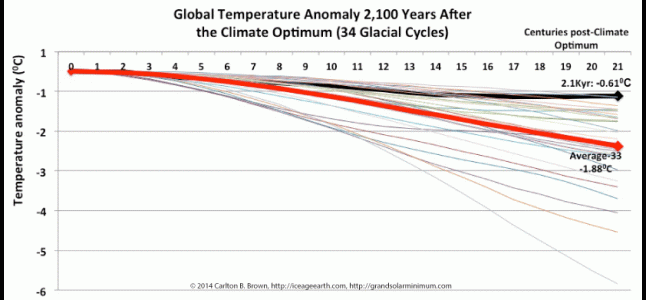
Slowest ice age entry temperature decline in two million years
This ice age entry after the Holocene Climate Optimum is the slowest of to decline in temperature compared with all
Read more.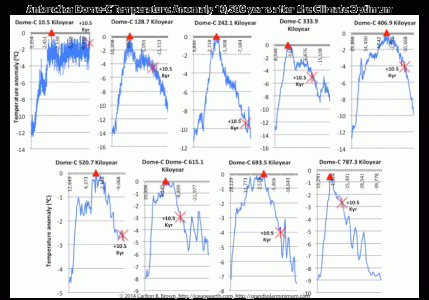
Slowest ice age entry temperature decline in 800,000 years (Antarctica)
This ice age entry after the Holocene Climate Optimum is the slowest of to decline in temperature compared with all
Read more.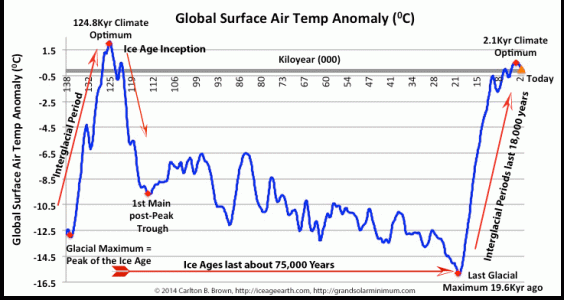
A glacial cycle is comprised of sequential freeze-thaw phases
During the last 1 million years the average glacial cycle has lasted for 92,900 years, the average interglacial period was
Read more.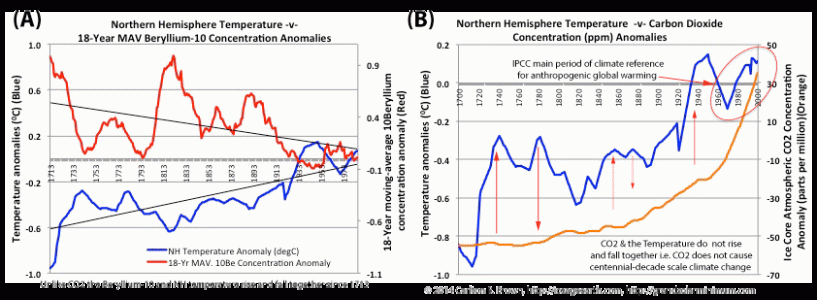
Solar activity controls the climate system, and global warming started in 1700
Solar activity (magnetism) controls centennial-scale climate change, not carbon dioxide. Global warming started in 1700 before significant human activity. The
Read more.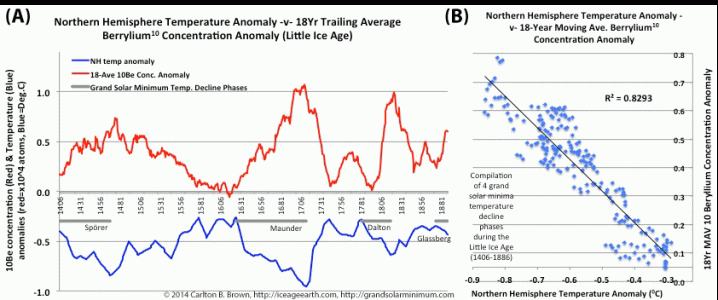
Cold climates follow a grand solar minimum of solar activity (magnetism)
A cold climate was experienced in the Northern Hemisphere during the grand solar minima of the Little Ice Age. The
Read more.
